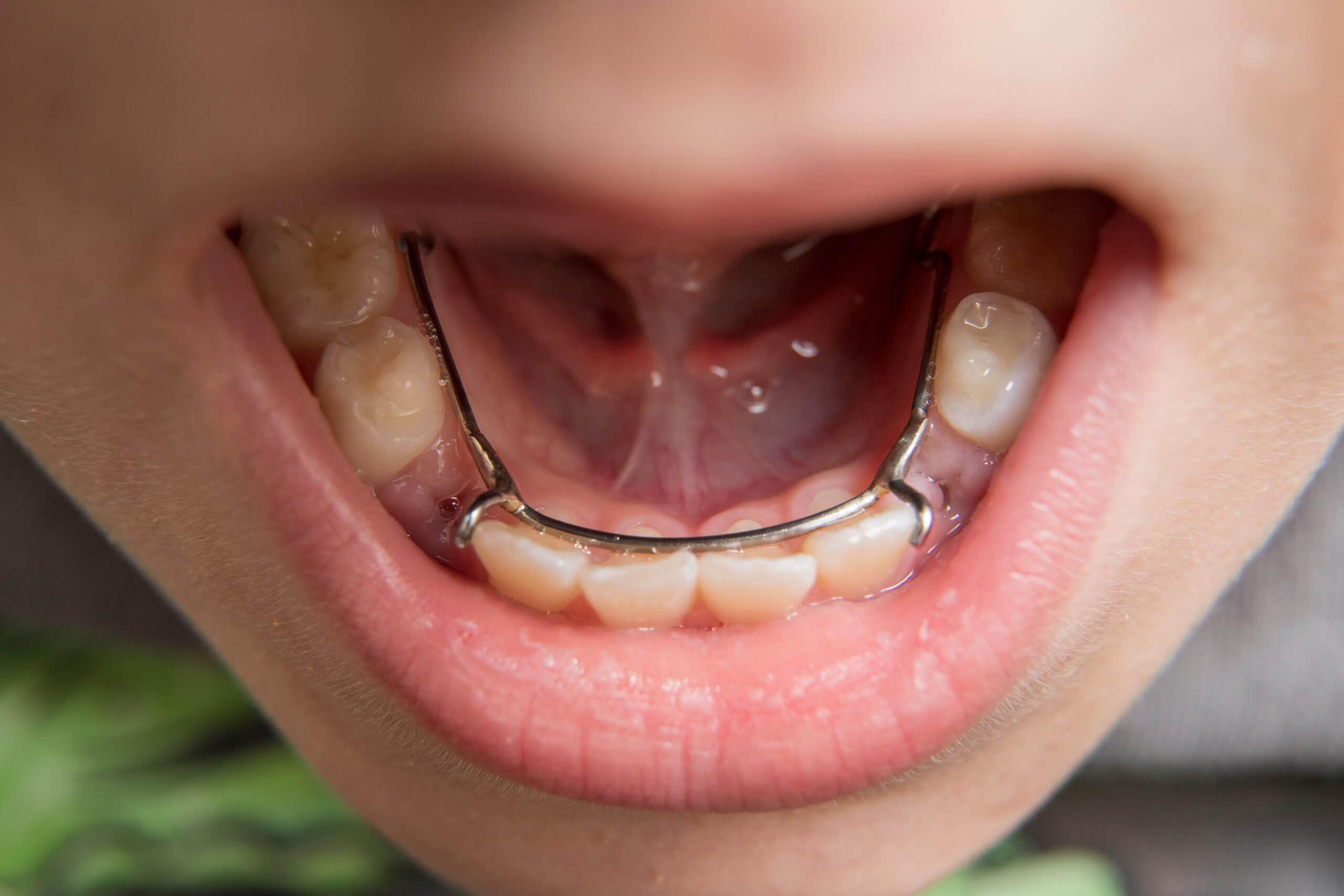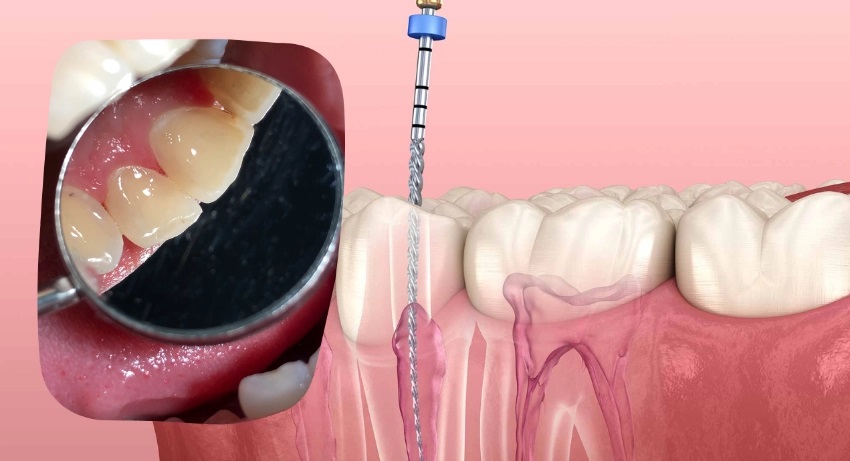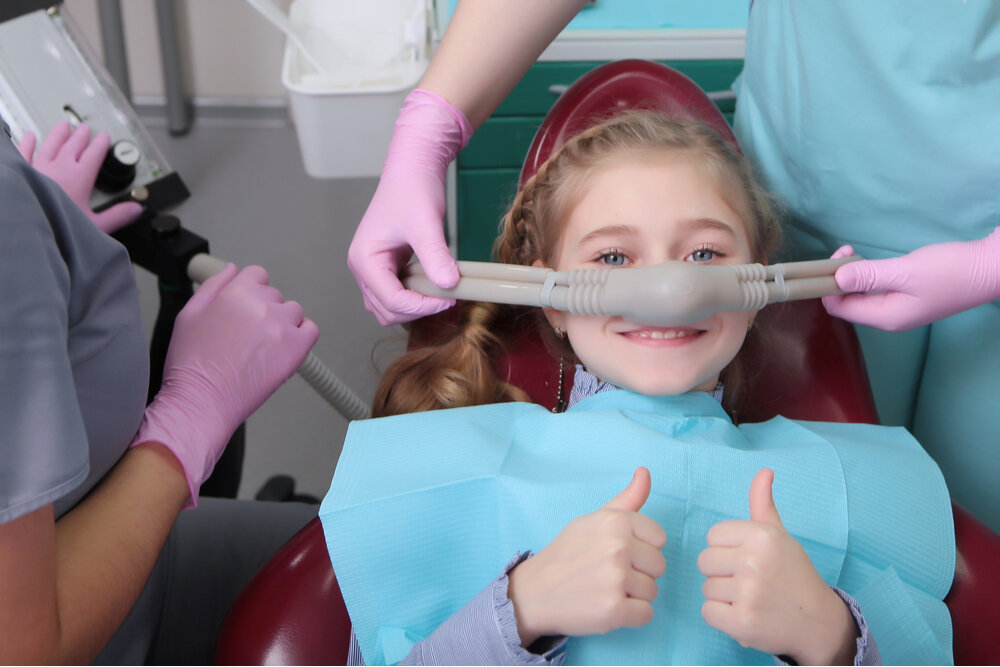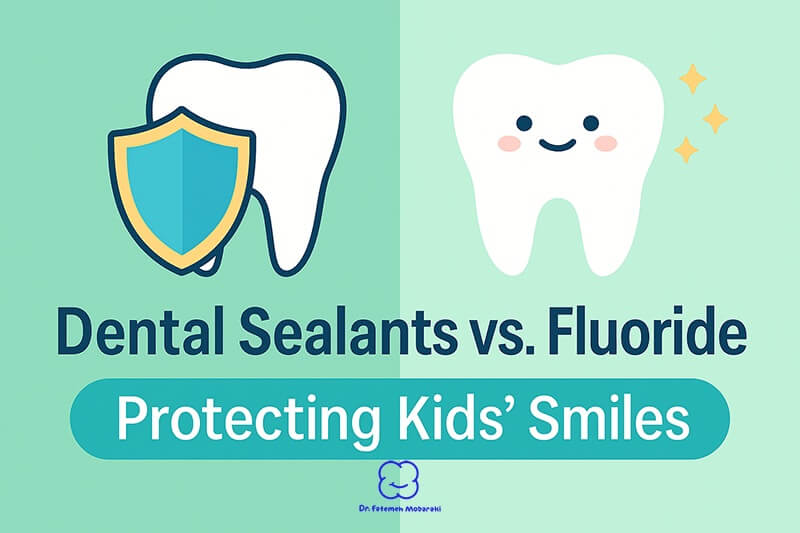When it comes to maintaining a child’s oral health, types of space maintainers play a crucial role. These devices help ensure proper dental alignment by preserving space for the eruption of permanent teeth. If your child loses a baby tooth prematurely due to decay, injury, or extraction, using a space maintainer prevents surrounding teeth from shifting into the gap. Without this intervention, there can be long-term complications, such as crowding or malocclusion, leading to more complex orthodontic treatments in the future.
What Are Space Maintainers?
A space maintainer is a dental device designed to keep a space open in your child’s mouth after premature tooth loss. Baby teeth guide permanent teeth into their correct positions. If a baby tooth is lost too early, neighboring teeth may drift into the open space, potentially blocking the permanent tooth from erupting correctly. This is where the types of space maintainers come into play—they prevent these issues and ensure smooth dental development.
Types of Space Maintainers
There are two broad categories of space maintainers: fixed and removable. The choice between these depends on your child’s specific dental needs.
1.Fixed Space Maintainers
Fixed types of space maintainers are non-removable devices that are cemented into place by the pediatric dentist. They are often used for younger children who are more prone to losing or misplacing removable appliances. Fixed types include:
- Band and Loop: This is one of the most commonly used fixed types of space maintainers. It consists of a metal band that wraps around an adjacent tooth and a loop that extends into the gap where the baby tooth is missing. This type is ideal for maintaining space after the loss of a baby molar, allowing the permanent tooth to erupt properly.
- Distal Shoe: The distal shoe is designed for more complex situations, especially when a baby molar is lost before the first permanent molar has erupted. The device consists of a metal extension that is inserted into the gum to guide the eruption of the permanent molar. This type requires regular monitoring by the dentist to ensure proper positioning.
- Lingual Holding Arch: This is a bilateral space maintainer that connects two molars on either side of the lower jaw. A wire runs along the inside of the teeth to prevent the lower molars from shifting. This type is commonly used when multiple baby teeth are lost.
- Nance Holding Arch: Similar to the lingual holding arch but used for the upper jaw, this device features an acrylic button that rests on the roof of the mouth, preventing the upper molars from moving forward. It maintains the space for the permanent teeth to erupt properly in the upper arch.
2.Removable Space Maintainers
Removable types of space maintainers are less common than fixed ones and are often used for older children or when the permanent tooth is expected to erupt soon. These devices are made of acrylic and resemble retainers. They can be removed for cleaning and adjustment, making them a good option for maintaining oral hygiene. However, they require responsibility on the part of the child, as they can be lost or forgotten.
When Are Space Maintainers Necessary?
A space maintainer may be necessary in several situations:
- Premature Tooth Loss: Baby teeth can be lost prematurely due to severe decay, injury, or extraction. If a tooth is lost before the permanent tooth is ready to erupt, a space maintainer helps keep the surrounding teeth in place and prevents complications like misalignment and overcrowding.
- Dental Trauma: Active children often face accidents that can lead to tooth loss, particularly in the front teeth. Types of space maintainers are essential in these cases to prevent neighboring teeth from shifting into the empty space.
- Over-retained Baby Teeth: Sometimes, baby teeth do not fall out when they should, causing the permanent teeth to erupt in the wrong position. After extraction, a space maintainer is often used to prevent the teeth from shifting into incorrect positions.
How to Care for a Space Maintainer
Caring for a space maintainer is critical for its longevity and effectiveness. Here are some tips to ensure your child’s space maintainer works as intended:
- Maintain Proper Oral Hygiene: It’s important to brush and floss regularly, especially around the space maintainer. This helps prevent plaque buildup, which could lead to gum issues or even damage to the device.
- Dietary Restrictions: Hard, sticky foods like candy, gum, or popcorn should be avoided, as these can dislodge or damage the space maintainer. Encourage softer foods to protect the appliance.
- Regular Dental Checkups: Routine visits to the pediatric dentist are necessary to monitor the space maintainer and ensure it’s still functioning correctly. The dentist can also clean the area more thoroughly during checkups.
- Monitor for Issues: Your child should inform you if they experience discomfort or if the space maintainer becomes loose. This allows for prompt intervention by the dentist before any serious complications occur.
Why Are Space Maintainers Important?
Using a space maintainer can prevent long-term dental issues that would require more extensive orthodontic treatment later. By holding the space for the permanent teeth, types of space maintainers minimize the risk of teeth shifting, overcrowding, and malocclusion, which can lead to more serious alignment issues in the future.
Choosing the right type of space maintainer depends on your child’s specific situation, and a pediatric dentist can help determine which option is best suited for maintaining your child’s oral health. Early intervention with space maintainers can ensure a healthy dental future and reduce the need for braces or other corrective treatments later in life.
For parents in Dubai, maintaining your child’s dental health is easier with the right guidance and expert care from a pediatric dental clinic like ours. Contact us today for a consultation and to learn more about how the types of space maintainers can benefit your child’s smile.










